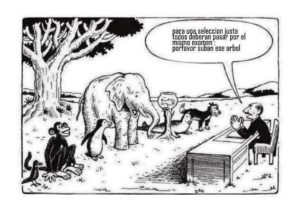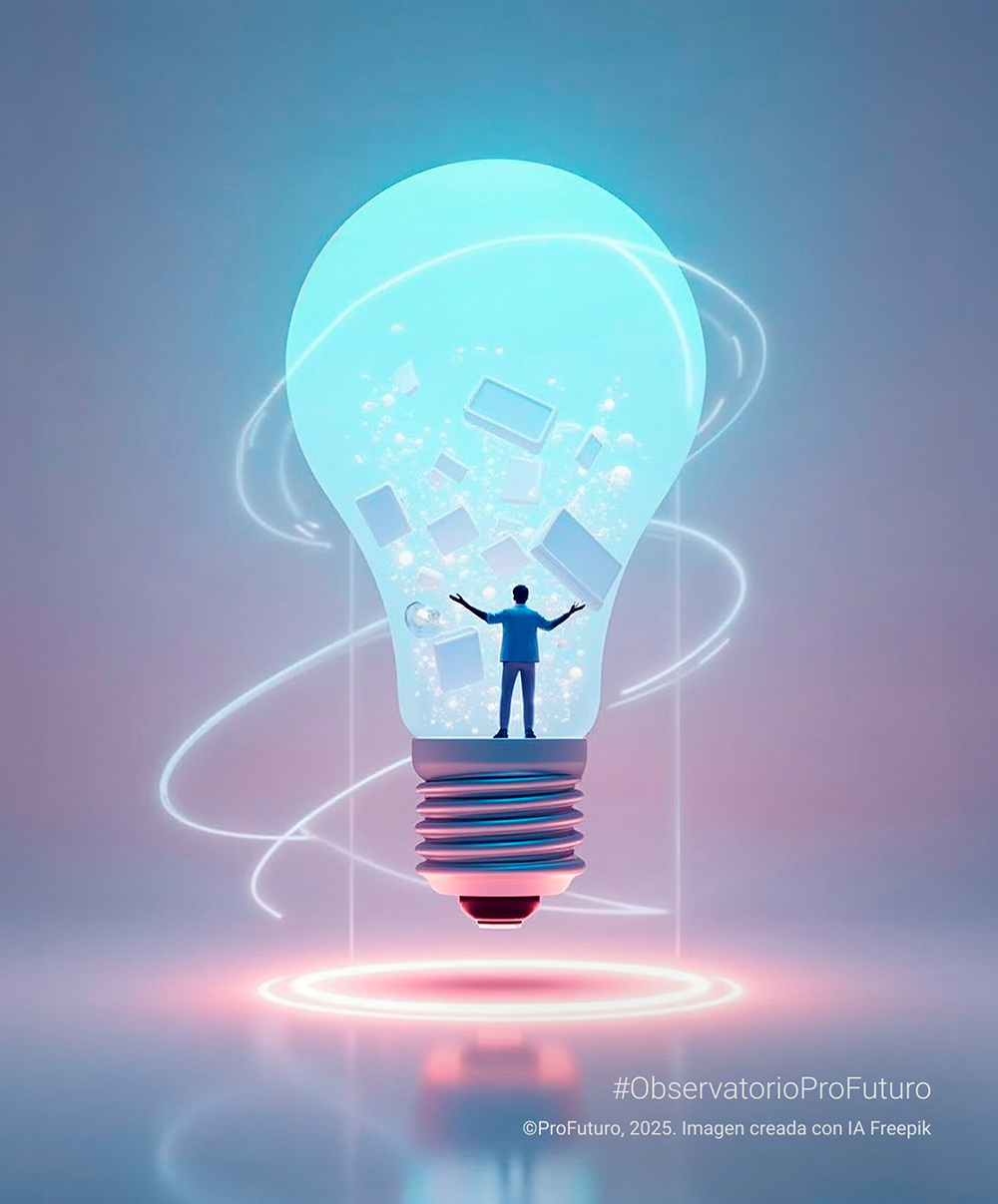In 1762, the French philosopher Jean-Jacques Rousseau wrote and published what he called “the greatest and most important of his works”. Emilio or On Education is the first treatise on education philosophy in the Western world. Rousseau accompanies the treatise with a fictionalised story of young Emile and his tutor, to illustrate how the ideal citizen’s education should be. On the side, the treatise offers advice on how to raise children. For example, Emilio learns to read by deciphering notes his teacher leaves on the table, with instructions on how to find hidden candy. With this experiment, Rousseau unknowingly became one of the first theorists of what we know today as personalised learning. This candy highlighted the fundamental concept of need in learning: we learn only when we need to learn, and when we are able to understand that need (IBE & UNESCO, 2017).
From Rousseau to Howard Gardner passing through Dewey, Montessori or Benjamin Bloom, the theoretical framework of personalised learning has been nourished by different elements until the present day. Today, with development of information technologies, personalisation of learning has taken a new evolutionary leap: intelligent tutoring systems, free access to numerous learning platforms, methods that use computers to adapt the complexity of content to the user’s needs.
As a consequence of this major evolution, driven in part by the great development of educational technologies (EdTech), we are witnessing the universalization of personalised learning, which, as we have seen, is by no means a new approach. Everyone talks about personalised learning. However, this, which is not a bad thing in itself, does carry a danger that we must avoid: like all fashionable concepts, it runs the risk of being oversimplified and wrongly characterised (Miller, 2019).
That is why, from the ProFuturo Observatory, we want to talk about this learning type, delimiting and defining its meaning and its ways of implementation. What exactly does it consist of? What role does technology play in its development? How do we apply it? How can it be implemented and main-streamed in girls’ and boys’ education in vulnerable environments to reduce the formation gap?
What is personalised learning?
The term “personalised learning” refers to a wide variety of teaching programmes, teaching and learning experiences, instructional approaches and academic support strategies that aim to address different learning needs, interests, aspirations or cultural backgrounds of students in individual.
Rousseau gave us an advance in the18th century, but UNESCO reaffirms it today: “To be worthwhile, education has to be personal: we cannot learn something well if we have not first understood its relevance and how we can apply it to our personal situation (IBE & UNESCO, 2017). Here we find a first element of this definition:
- Adapted to context and particular needs. Personalised learning is a type of learning adapted to the conditions and context of each student.
Furthermore, to be useful in the future, education must have a practical application and, for this to happen, the student has to be actively involved in the learning process” (IBE & UNESCO, 2017).
- Student-centred: A second element is that it must be a student-centred training. All students can learn and develop their potential if they are provided with sufficient context, tools, support and resources.
Placing the student at the centre is a way of recognising that the teacher’s work cannot be limited to mere transmission of content, like a master class, in which the teacher talks, the students listen and do the exercises out of a textbook. This lead us to a third important element:
- Innovative teaching methodologies enabling the teacher to present knowledge in a way it engages students’ interest and makes it valuable, understandable and relevant to them.
Much more than technology

It is important to keep in mind that personalised learning is a flexible learning approach (with the main features mentioned above) in which, multiple learning experiences are possible. It is multifaceted and should not be reduced to its more technological applications, regardless how much these facilitate its implementation in some contexts. There are many personalised learning experiences that can be developed without technology and have been for decades. For example, the inverted classroom, Place-Based Learning or project-based or, challenge-based learning. Experiences we will focus on in future posts. Of course, we will also look at the more technological side of personalised learning and its enormous possibilities.
Personalisation and vulnerable environments
Governments, as well as all other social actors, have an important role in providing quality education, it should therefore be recognised that a broader concept of inclusive education that responds to the diverse needs of all students is essential (UNESCO, 2008).
In this statement, the concept of inclusion referred to by UNESCO goes beyond mere physical access to education: inclusion implies high-quality, differentiated education, which in UNESCO’s own parameters, means it must be relevant (meaningful learning, the student is the centre), equitable (equal levels of learning must be achieved regardless of social status), effective (learning must be optimal) and efficient (making responsible use of the available resources). The first three dimensions describe the essential of any educational effort: the people with whom we work, the goals we pursue, and the ethical mandate that these goals be achieved by all. The last two are directly related to how to execute actions in a responsible manner, on one hand, to achieve proposed goals and be able to be accountable for them, and on the other, to make appropriate use of the always scarce resources.
For these reasons, UNESCO emphasizes on the importance of recognising the diversity of learning styles, catering to the needs of each student by paying attention to the relevance of what is being taught and stimulating enquiry capability (IBE & UNESCO, 2017).
We know that quality education is the most direct way to accelerate progress, inclusion and coexistence, therefore, this educational approach, that promotes true educational equality (which does not mean to educate everyone equally, but each one according to his own particularities) can, when properly applied, be a great instrument to improve educational quality in the most disadvantaged environments.
REFERENCES
Miller, A. (February, 2019). 3 Myths of Personalized Learning. Edutopia. Available at https://www.edutopia.org/article/3-myths-personalized-learning. Recovered March 23rd, 2022.
IBE&UNESCO. 2017. Personalised learning: Training tools for curriculum development. UNESCO. Geneva.
UNESCO. 2008. Inclusive education: the road to the future. 48th session of the International Conference on Education (ICE). Geneva. Available at http://www.ibe.unesco.org/fileadmin/user_upload/Policy_Dialogue/48th_ICE/General_Presentation-48CIE-4__Spanish_.pdf
Sacasqui, S. Isaac Asimov. World of Ideas. [Video]. YouTube. https://www.youtube.com/watch?v=dobBf6jBhBE






